Saving energy is always important, but with prices rising, electricity and heating bills are an especially hot topic right now, so to speak. There are plenty of ways to cut down on energy use — but you have to identify the main energy-sucking offenders lurking around your home first.
Here are some common household “energy vampires” and what you can do to reduce their money-sucking power.
Water heaters
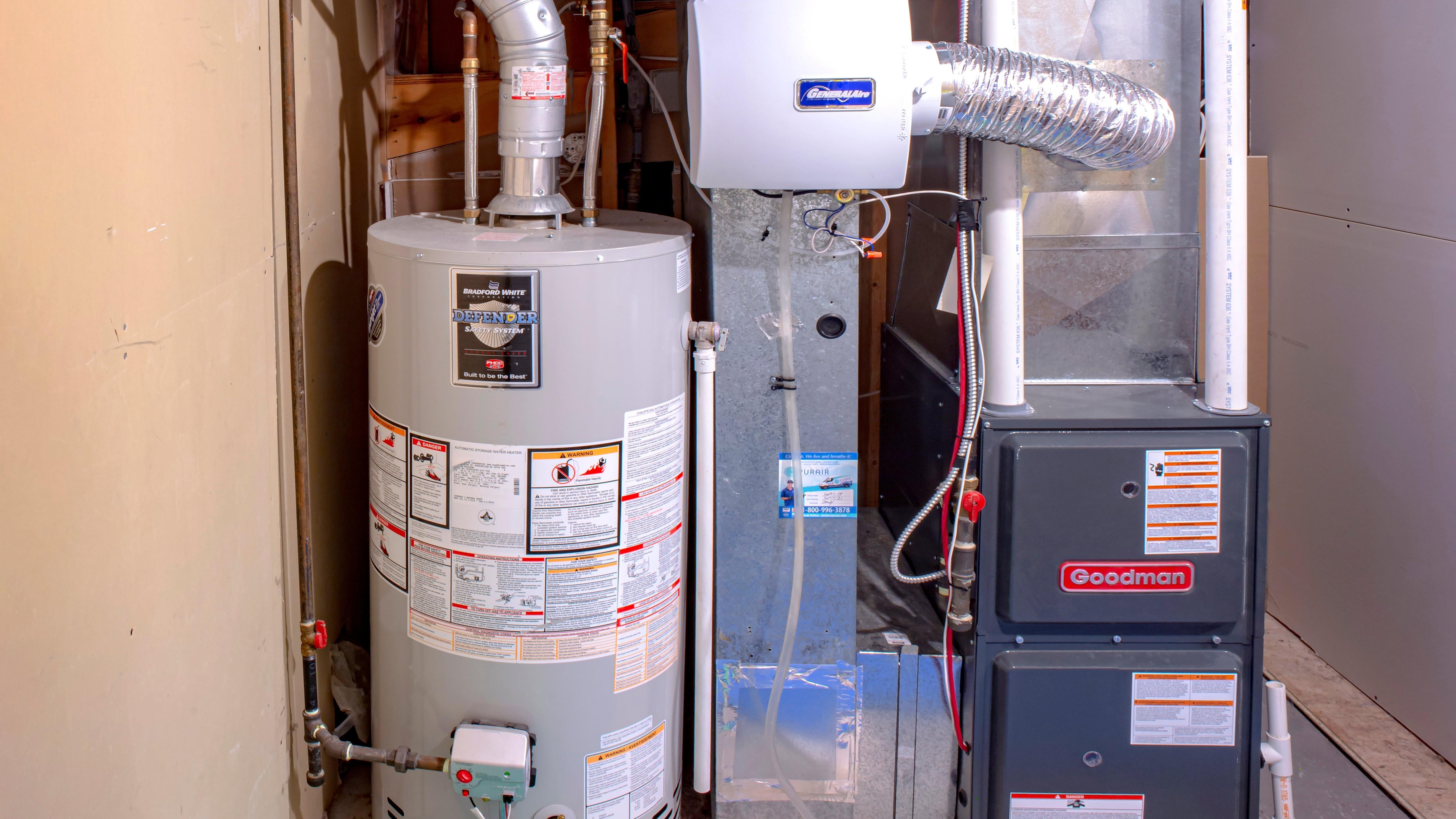
The water heater also sucks up energy, amounting to nearly 20% of your total use. You can reduce this drain on your energy by turning it from 60 degrees Celsius down to 50 — and your showers will not be noticeably colder.
Washers and dryers
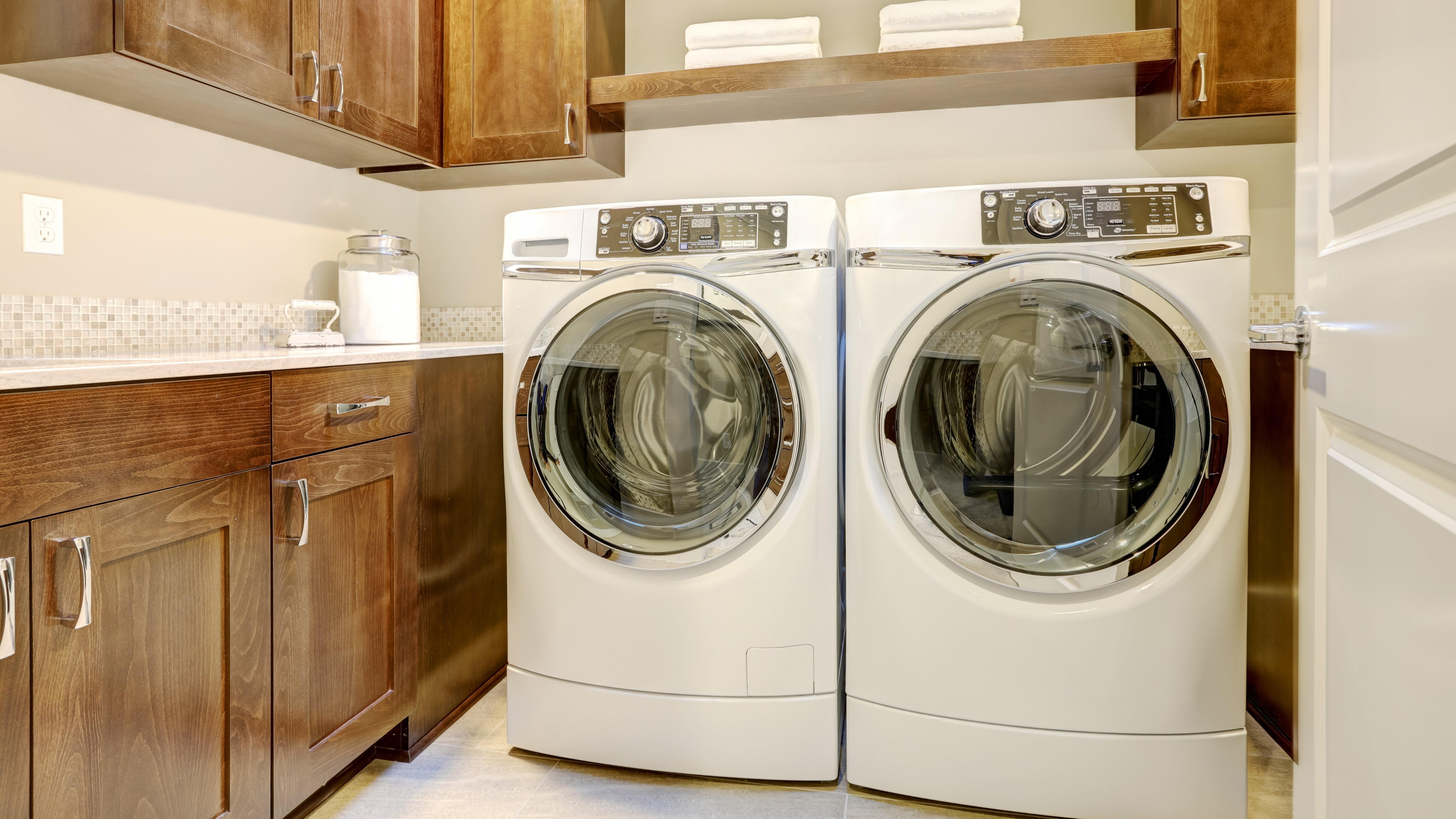
Payless Power clocks the energy use from your washer and dryer in at 10% and recommends an easy fix: Use the cold water function whenever you can. That’ll reduce the workload of your water heater, and making sure your lint traps and vents are clean will reduce the effort of the dryer itself. Don’t overload the machines, either, since that may make you have to run each load twice.
Lighting
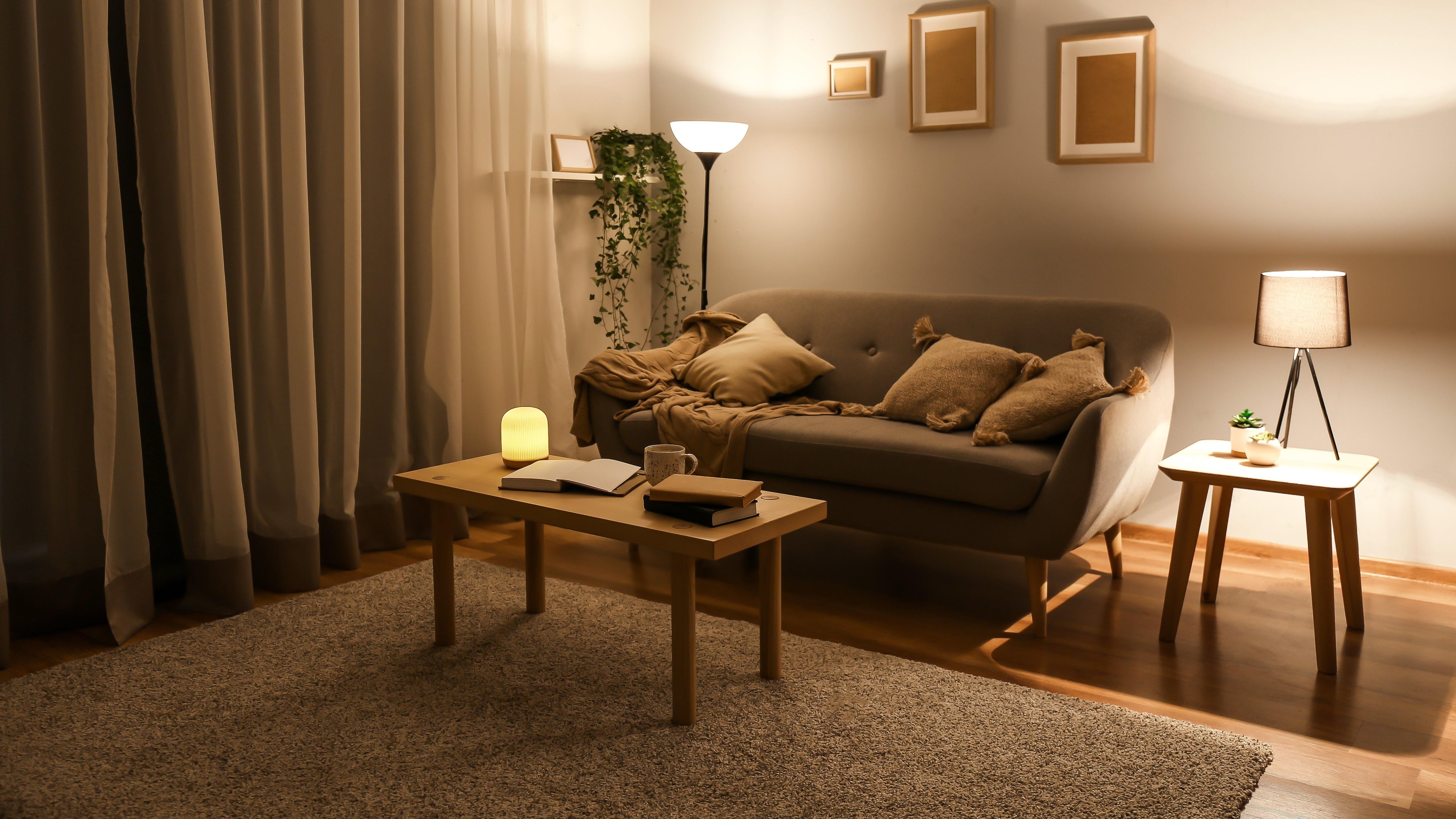
You’ve probably been thinking of switching to energy-efficient lightbulbs if you haven’t already, but here’s your sign to do it: Lighting sucks up 5% of your energy use. Pick quality bulbs and turn your lights off when not in use to curb this easily.
Home entertainment equipment
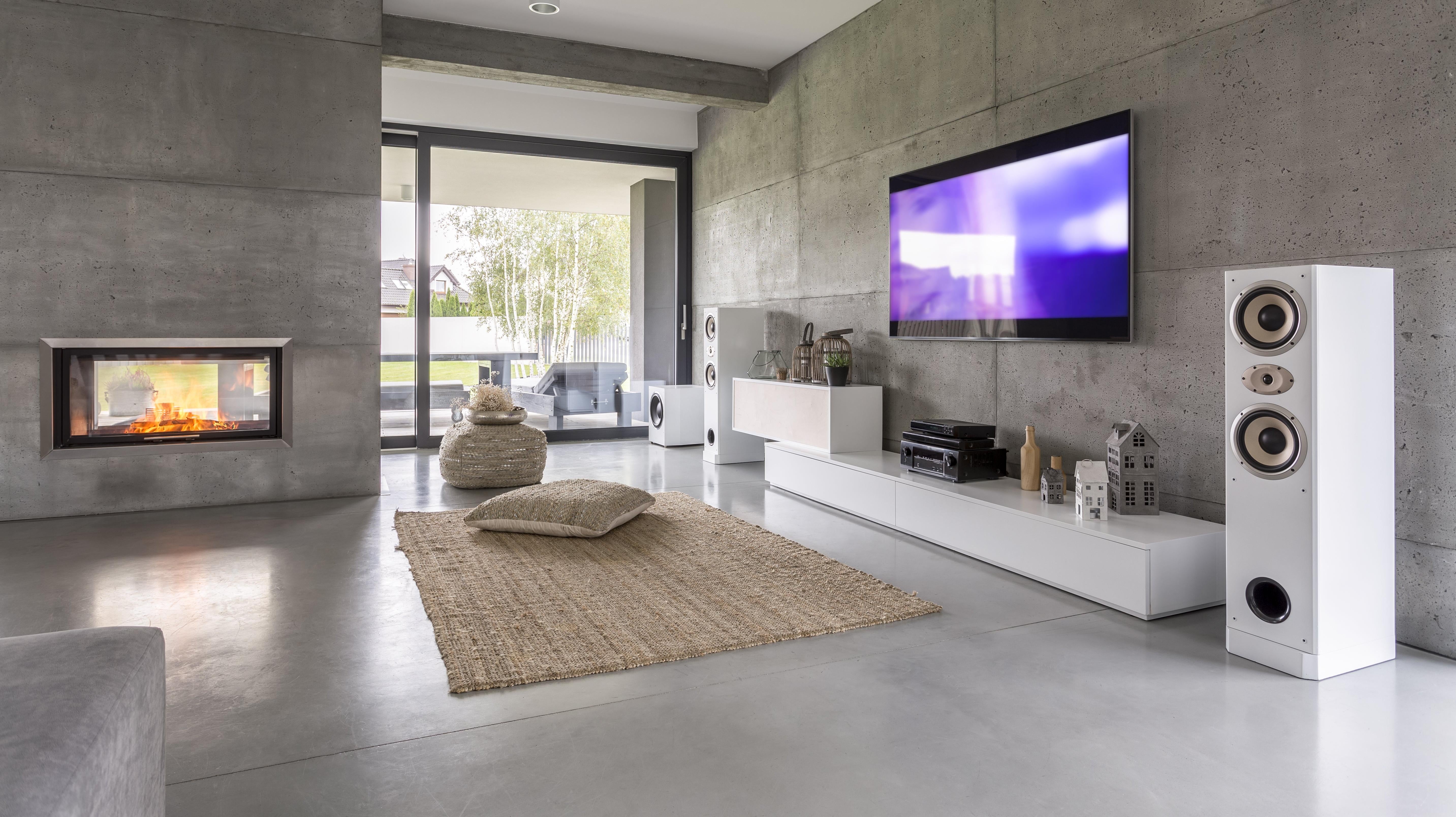
If you still have a set-top DVR or a cable box, it’s probably using more energy than you think. Per How-to Geek, DVR boxes could use 25 wats or more and cable boxes can use 15. Televisions, too, are an energy vampire, but you can tackle these issues by getting rid of your DVR or cable box, using smart power strips, turning down your brightness, and deactivating quick-start settings and standby modes. Deactivate the ability of your video game consoles to instantly download games and updates, too. (When I’m not using my TV, I unplug its entire power strip from the wall, taking out my PS4 with it, and plug it all back in when I want to play a video game.)
Refrigerator
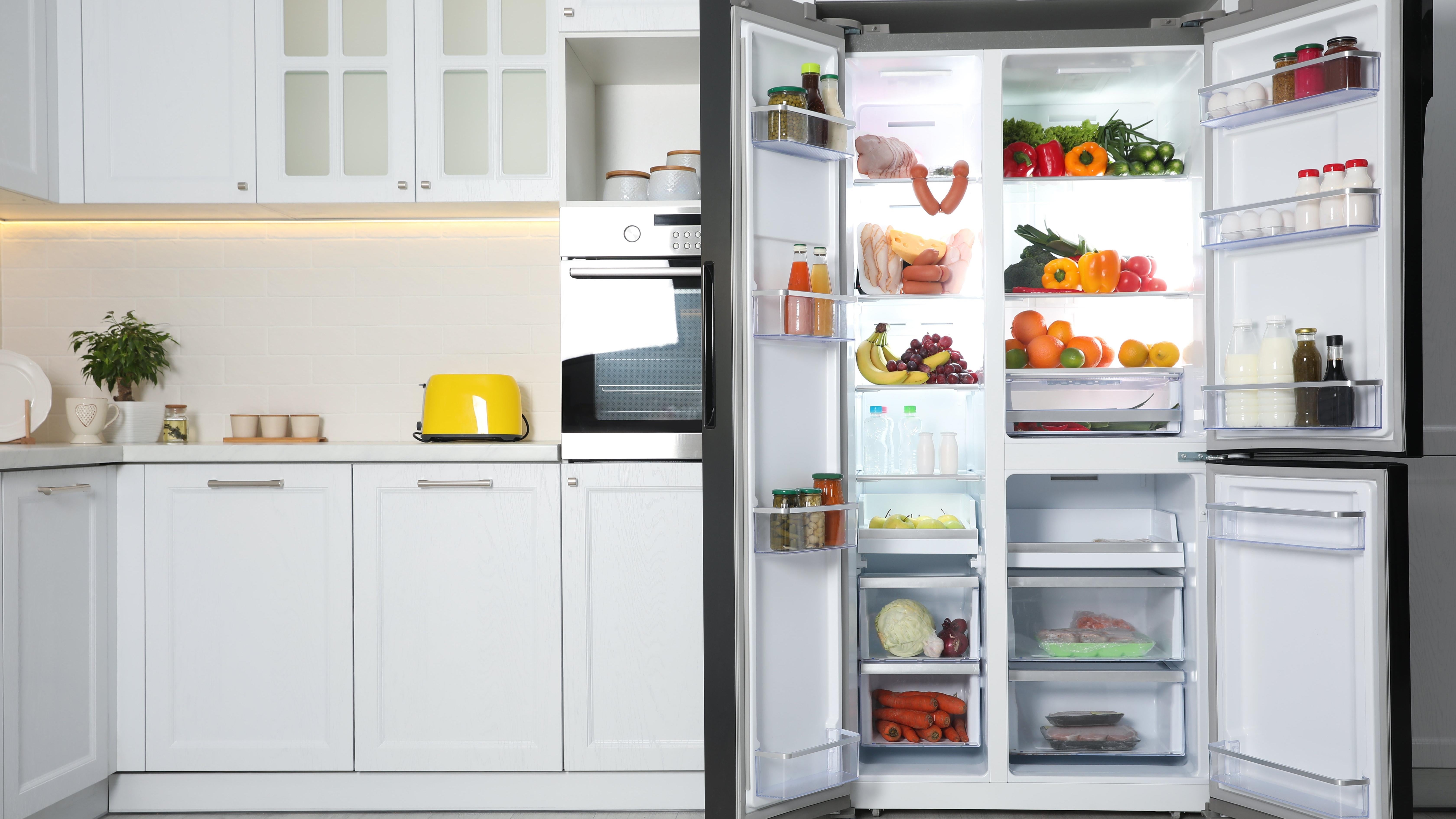
You need your fridge to be running 24/7 — that’s kind of the whole point of it. While you can’t unplug it the way you might with other energy suckers, you can still stop it from pulling a full 5% of your use by upgrading to an energy-efficient model or setting your temp to 1 to 3°C. Make sure you have good circulation behind it, too, your coils stay clean, and all the seals are airtight, according to Payless Power.
Desktop computer

If you leave your computer on “idle” frequently, it could be using a whole lot of energy. Powering it off when not in use is inconvenient, but you might want to get into the habit of doing that. If not, according to How-to Geek, configure your settings so the machine goes into “sleep” or, if you have it, “hibernation” mode. And, of course, turn your brightness down.
Other computer tech

Don’t leave your laptop plugged in when it’s fully charged to reduce the energy pull. You might also want to unplug your printer and any other home office devices when you’re not using them, or toggle on a sleep mode if it’s available. Payless Power recommends not only sleep modes for all these tools, but smart power strips.
Dishwasher
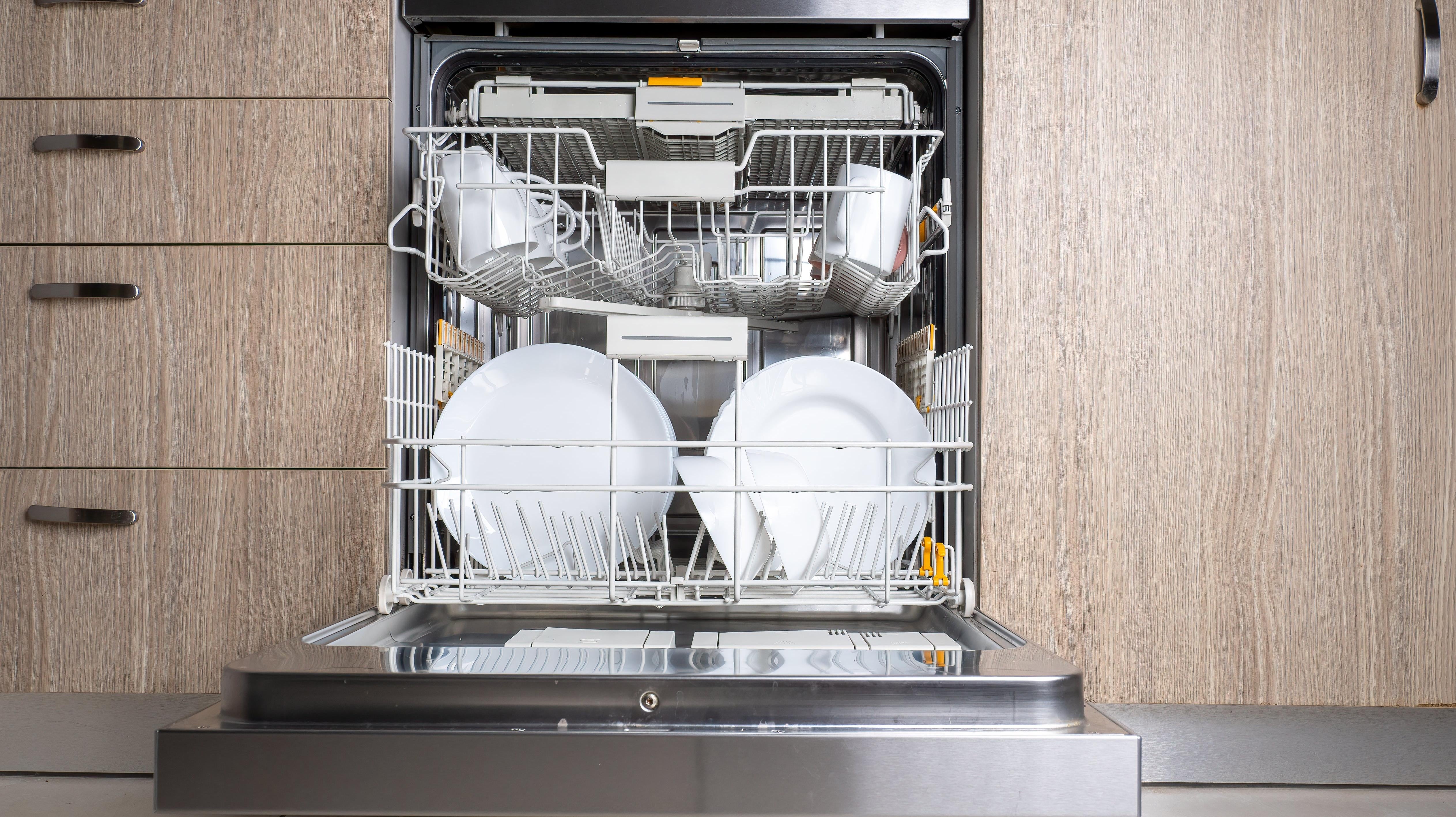
Your dishwasher only uses about 2% of your total energy, but you can still curb that by upgrading to an energy-efficient model and running it on off-peak times, like the middle of the night, when other energy vampires (like lamps) are out of commission. Only run it when it’s full and opt for air drying over the heat-drying mode.
Other appliances
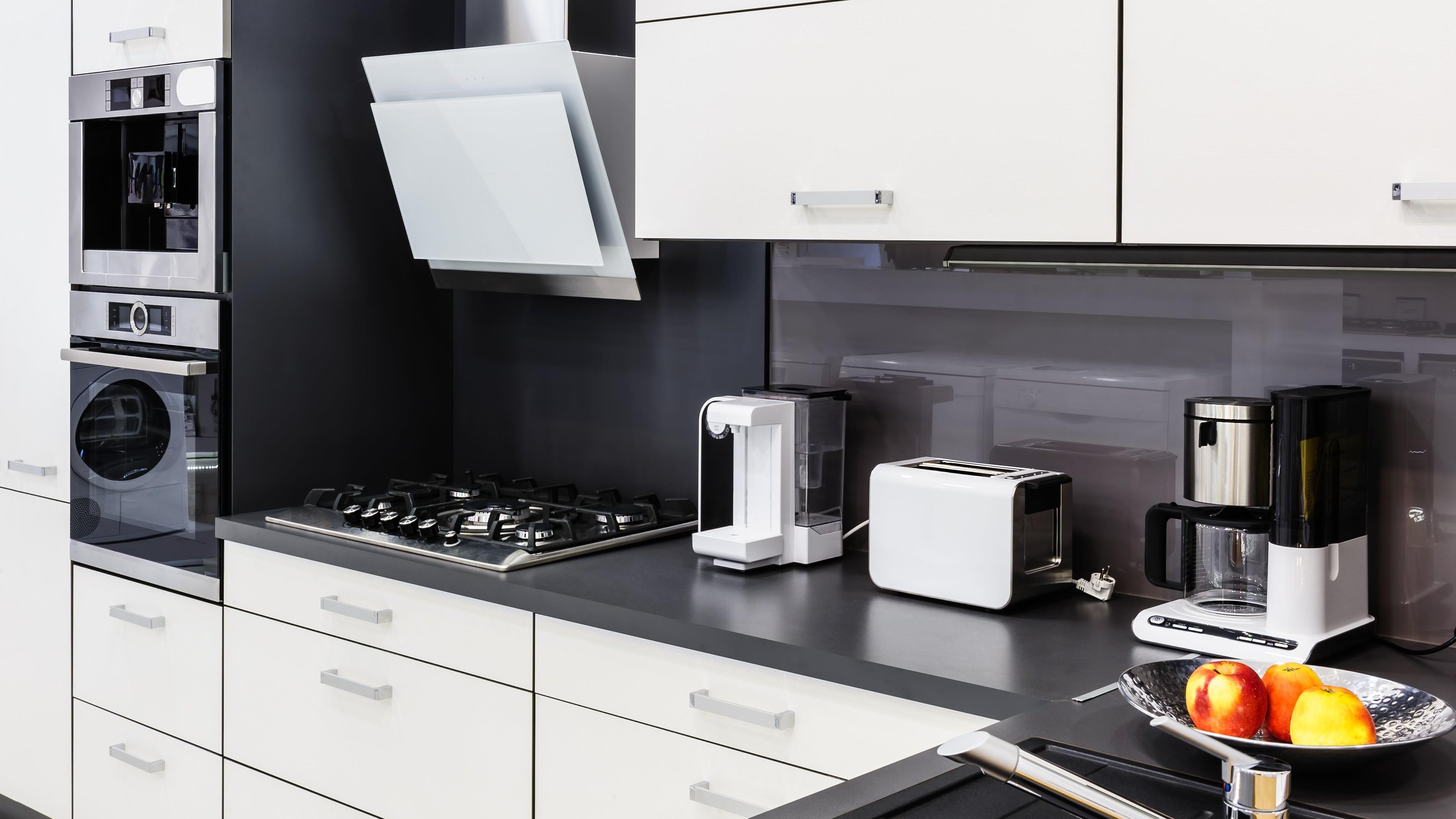
Your kitchen is full of stuff that pulls energy from your outlets, especially if you have digital tools that always stay on just a little, even when not in use. Green Logic says appliances can zap up to 13% of your overall use. You could plug them all into a smart strip, but you can also just unplug them all when not in use. Take a quick kitchen survey. Does your air fryer need to be plugged in all the time? What about your Keurig or toaster oven? It might be time to unplug basically all your electronics.
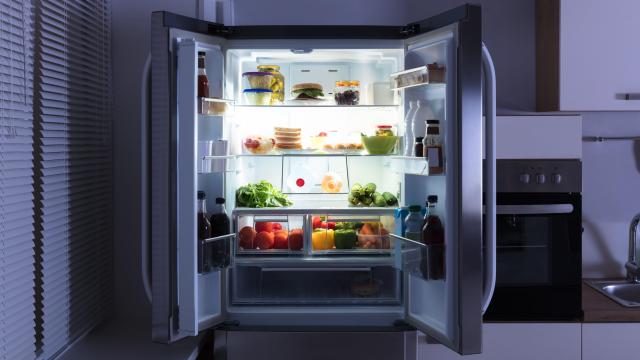
Leave a Reply
You must be logged in to post a comment.